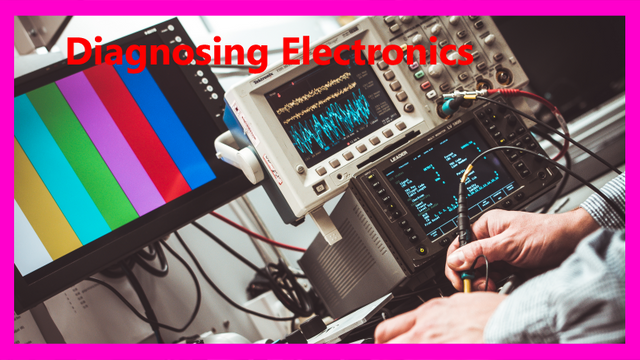One of the best tips I learned early in was the "half split" method. You take whatever you are troubleshooting and to diagnose the problem, you take and find a point half way thru the circuitry and test whether or not the expected signal or output at that point is correct. If it is, the problem is in the last half. Then you take the part that fails the test and split it in half, you keep doing this until you have narrowed it down to the faulty circuit and you can find the problem much quicker that way.
Along with this signal substitution works to help isolate the problem. For instance in a radio you would find a point mid-way and then input a signal using a generator to substitute for what would be expected at that point and if you get the correct output you know that half is working correctly. You can also do this with logic circuits and IC's by substituting the logic out out voltage and see if that works. By using half split and signal/ source/ level substitution you can isolate and find the problem in any type of electronic device as long as you have a good working knowledge of basic electronics and how the various components work.
I used this method for years working on Avionics in the USAF and General Aviation, from basic communications, to navigation, radar and autopilots, to name a few. I also applied it when working on satellite systems and mobile phones on the IMTS system pre-cellular. this system has allowed me to take and diagnose any electronic circuit along with my thorough knowledge of electronic components and electronics theory.
This "half split" method can be applied to assist in diagnosing just about any technical problem to better isolate where the fault lies in an expedient manner. If you have a specific problem you need assistance with, or you would just like more information about some aspect of diagnosing and troubleshooting electronics or a technical problem, leave me a comment and I will do what I can for you. 